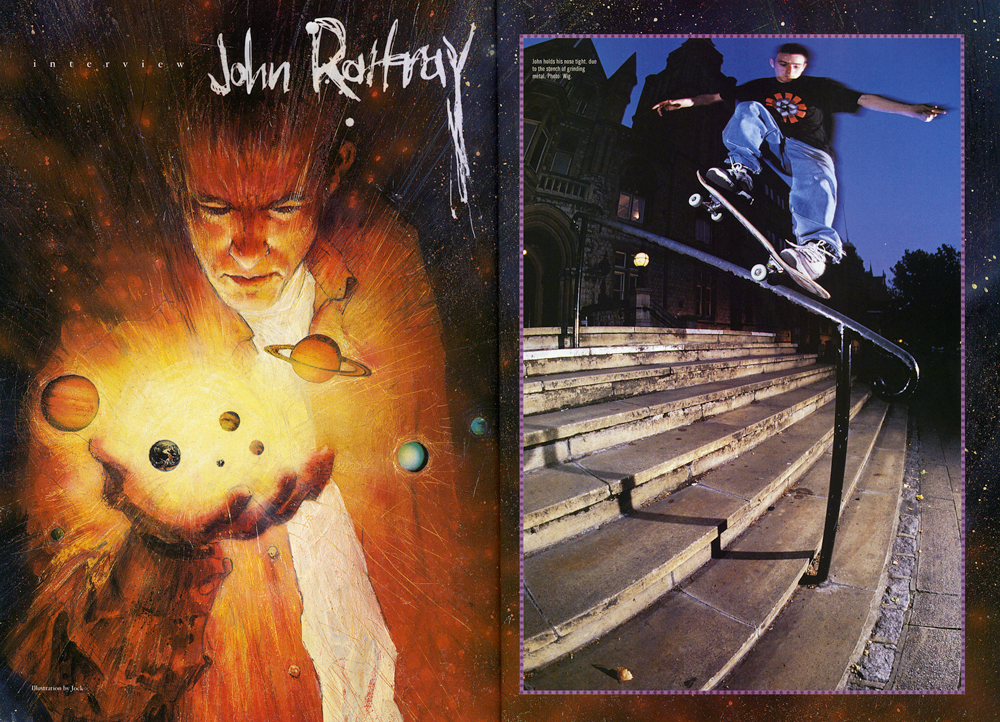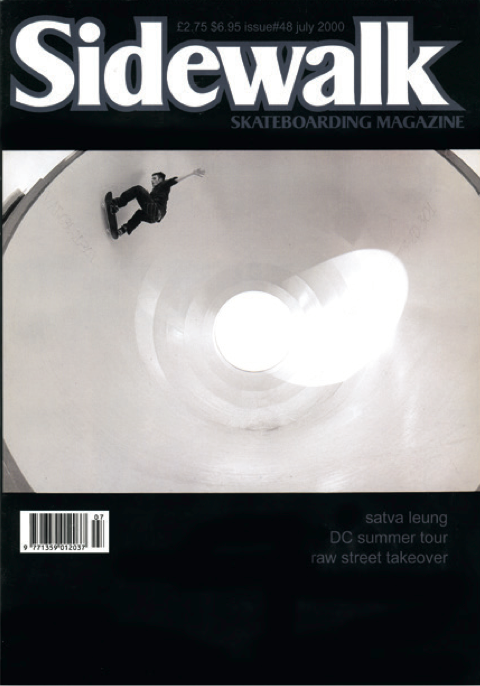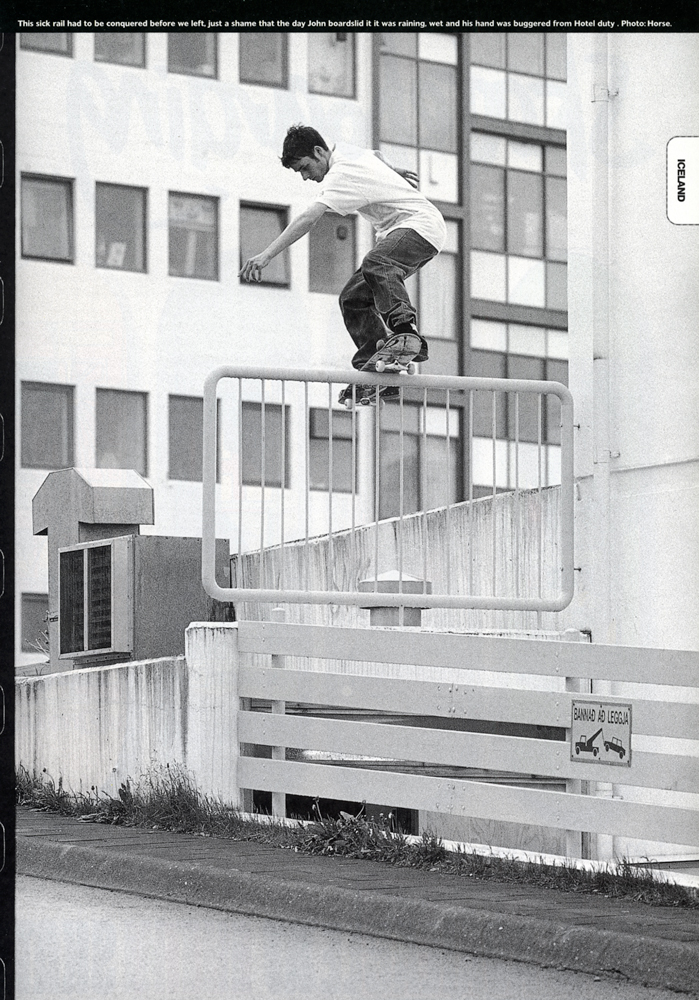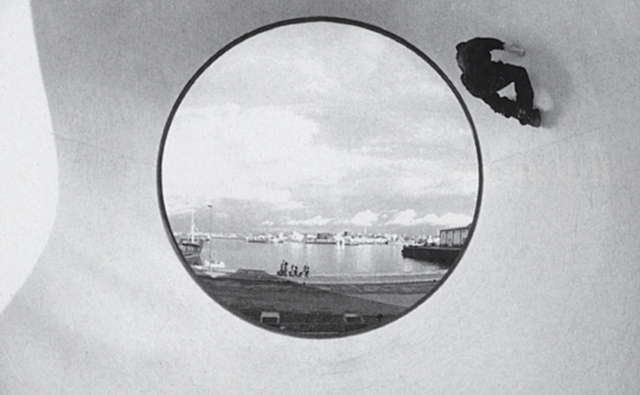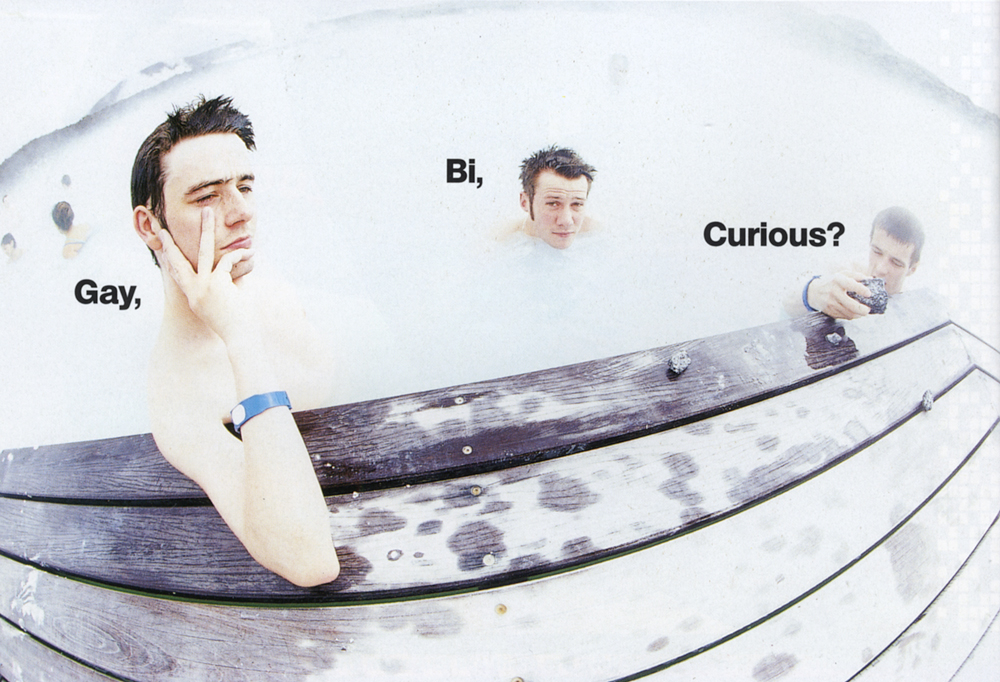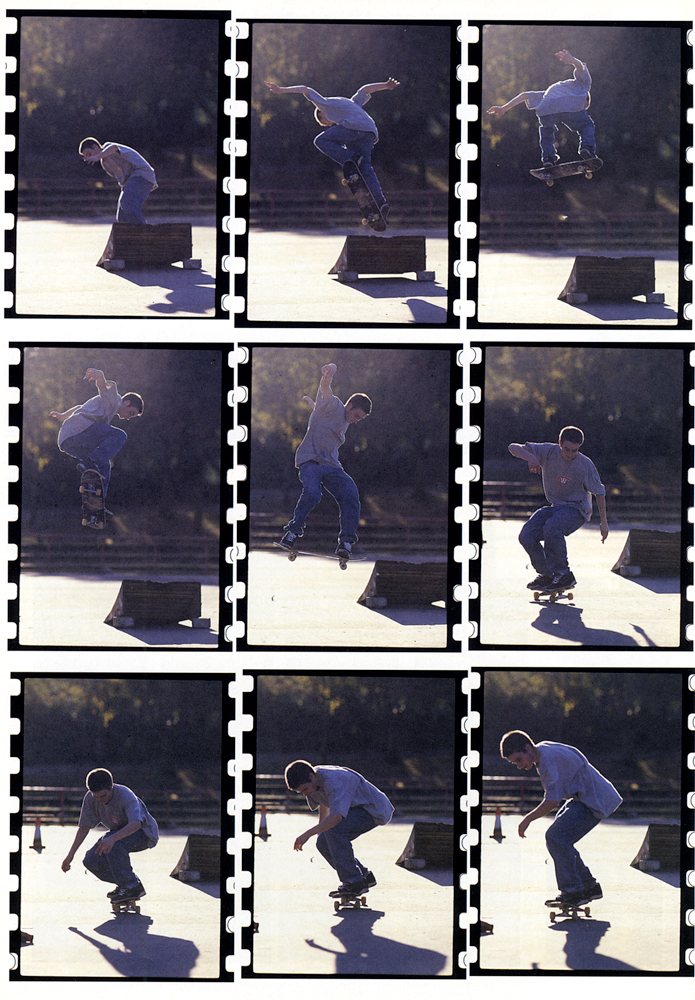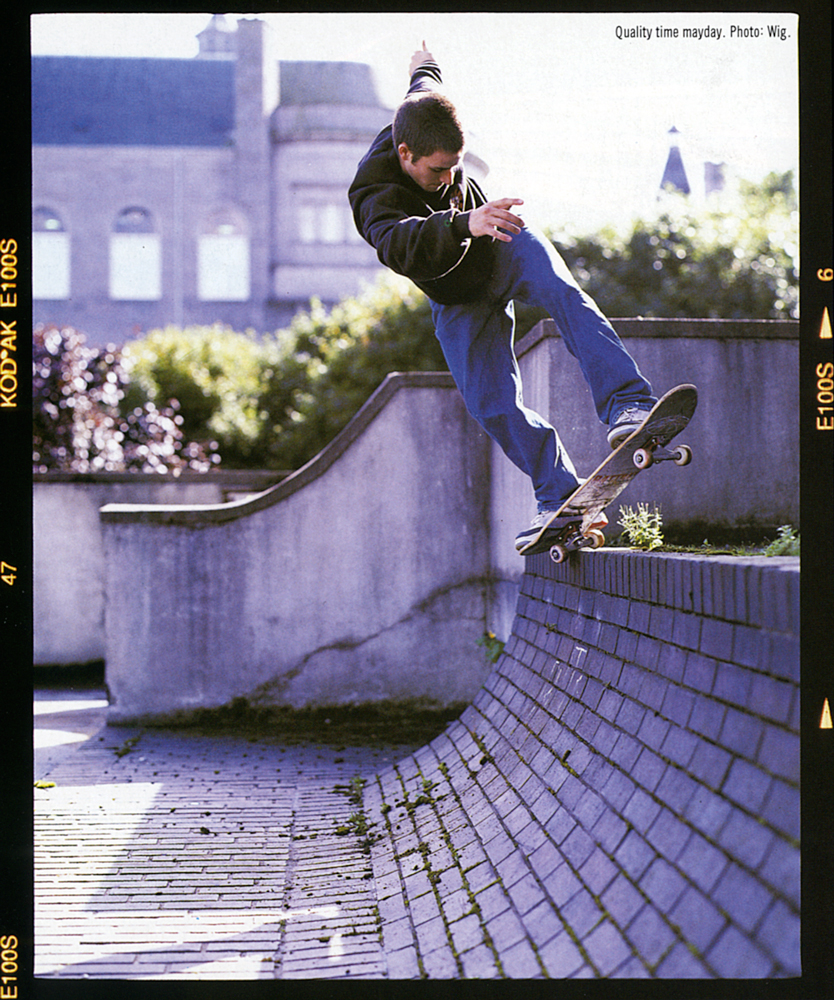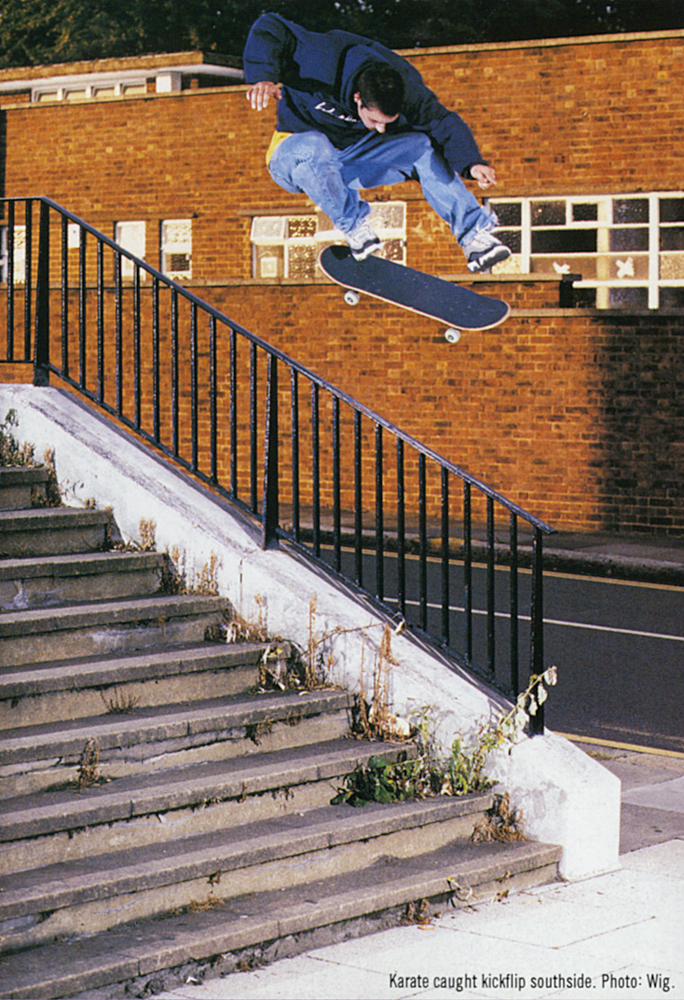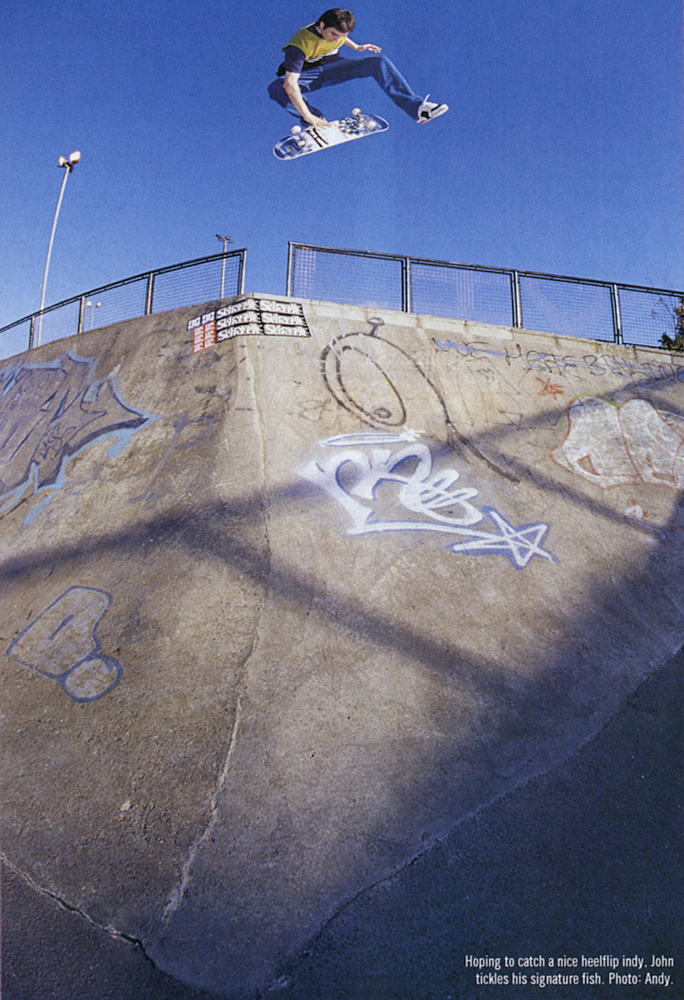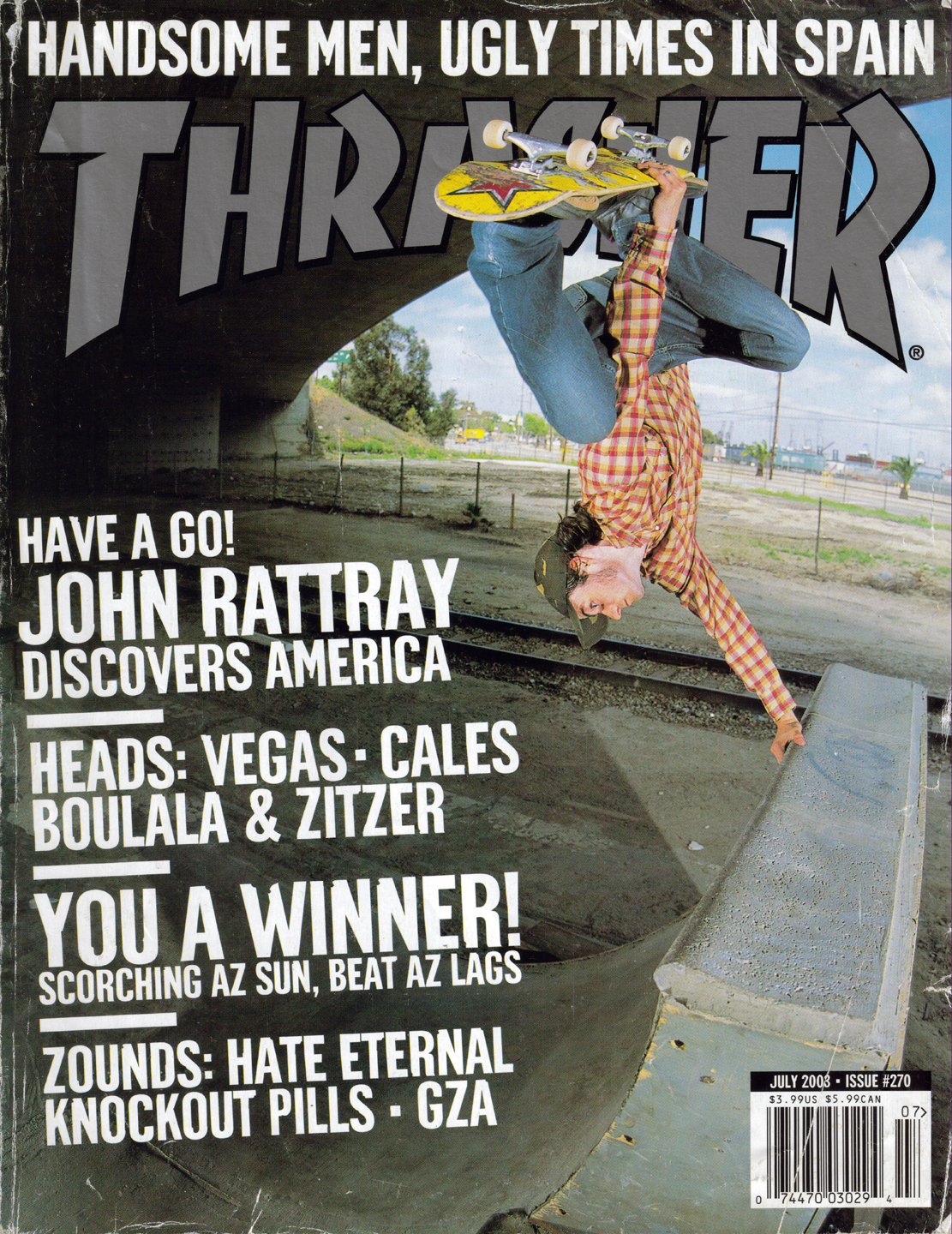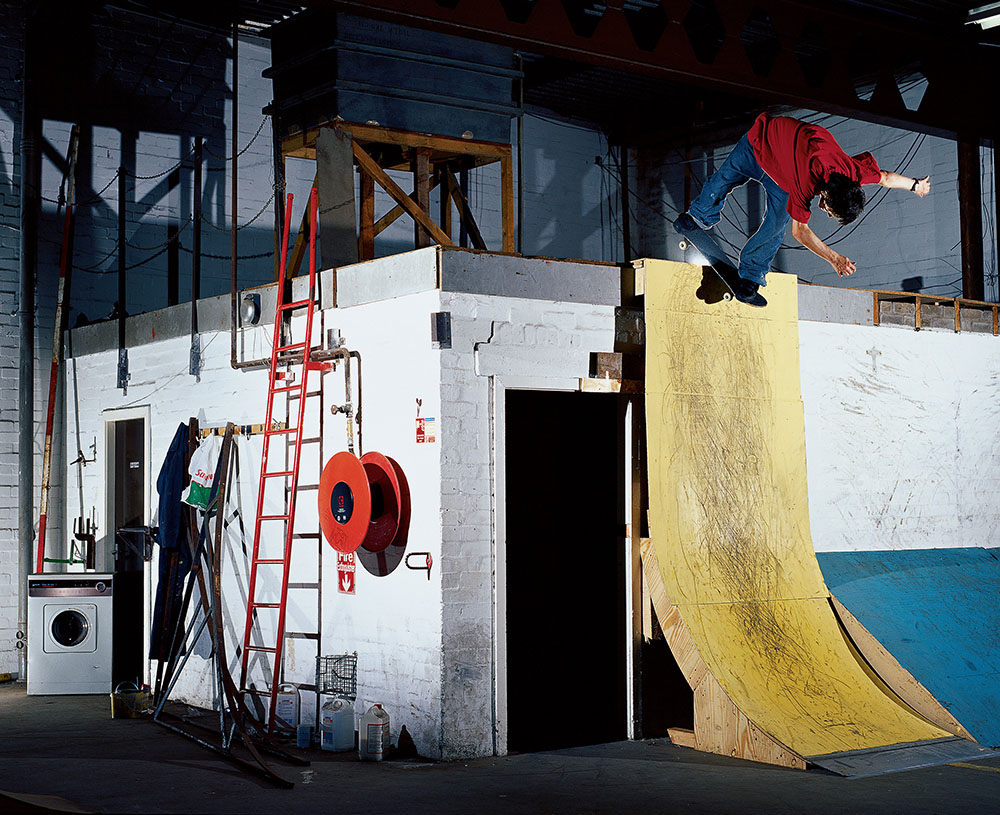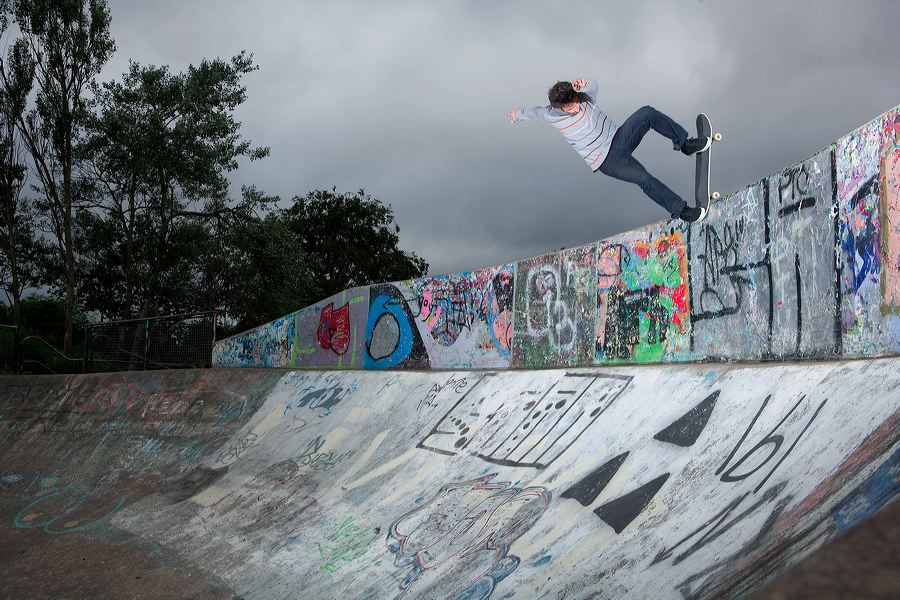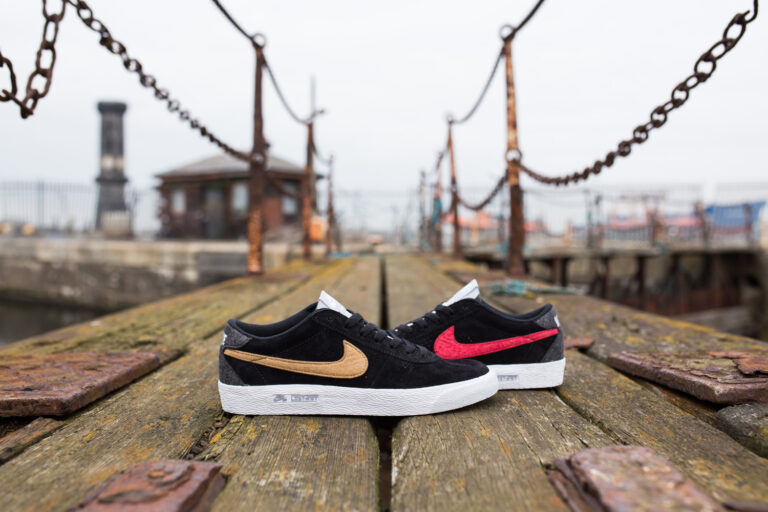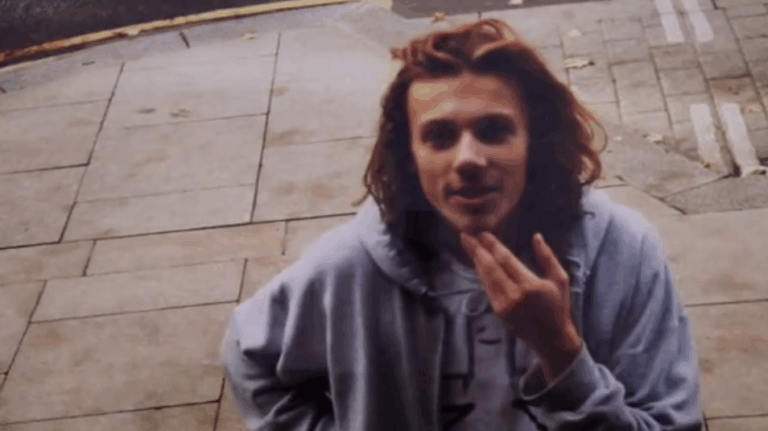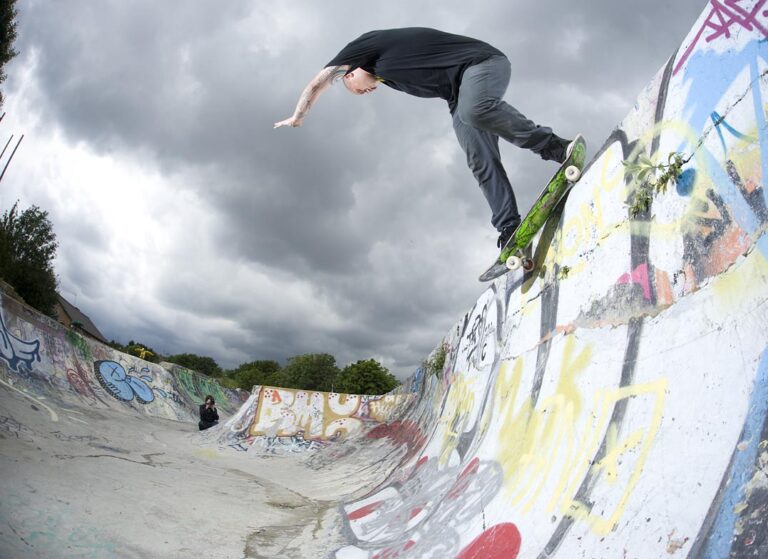John Rattray Footage Feast
John Rattray Footage Feast
From Aberdeen to the US, OG Blueprint head to Zero pro, John Rattray has grabbed the skateboarding American Dream by the balls and twisted (possibly 540 degrees, HA). In between taking on any and all terrain on four wheels he found the time to gain a degree in Physics, create the Predatory Bird blog and produce various comic strips – giving a sense of a creative urge stretching far beyond the four wheeled trick stick.
This urge obviously has a massive impact on the man’s skateboarding itself, something visible in a trick bag which is taken to anything from handrails to vert ramps and produces some unexpected moment on every section he has put out. Take some time out, put the kettle on and peruse a solid few pages of Scottish-bred gnar in our John Rattray Footage Feast.
Above photo: Wig Worland

